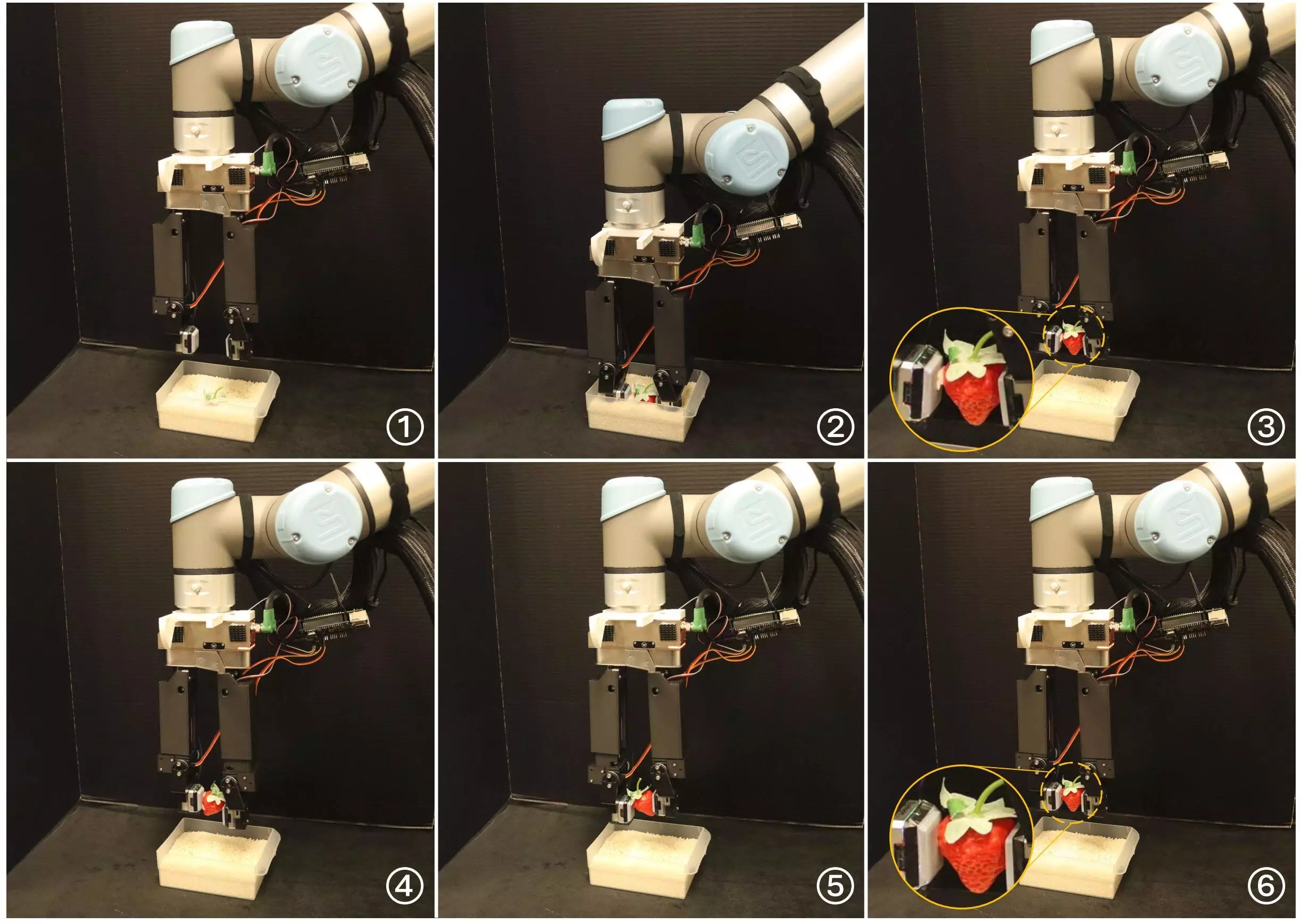Robotic grippers have come a long way in recent years, with researchers worldwide designing various models capable of picking up and manipulating different types of objects. While grippers inspired by human hands are known for their effectiveness in tackling complex manipulation tasks, they often come with advanced mechanisms and programming tools that make them impractical for large-scale deployment. However, a new development by researchers at Purdue University and MIT aims to change that.
The team of researchers recently introduced a simpler robotic gripper with fewer degrees of freedom (DOF) than traditional humanoid hands. Despite its reduced complexity, this gripper has been found to effectively handle intricate object manipulation tasks, making it a promising solution for energy-efficient and cost-effective robots. By bridging the gap between high DOF dexterous hands and one DOF grippers, this new design offers a middle ground that combines ease of programming with advanced manipulation capabilities.
The newly developed gripper consists of two fingers attached to a gripper base, with a total of 5 DOF. This design allows for simplified control through programming tools, while still enabling human-like in-hand manipulations. Additionally, the integration of a vision-based tactile sensor provides crucial sensory data about the grasped object, enhancing the gripper’s ability to perform complex manipulation tasks. The use of PLA material and 3D printing for the gripper’s fingers ensures a lightweight and cost-effective construction.
Initial experiments conducted by the research team demonstrated the gripper’s ability to surpass the basic manipulation skills of simpler grippers with fewer DOF. Tasks such as singulation and scooping were effectively completed, showcasing the gripper’s potential for practical use in various industries. As the researchers plan to further develop the gripper for more challenging manipulation tasks, this innovative design could revolutionize the field of robotics by offering simpler controller design, cost-effective solutions, and increased efficiency in object manipulation.
The development of this new robotic gripper represents a significant step forward in the quest for bridging the gap between complexity and efficiency in robotic systems. By combining advanced manipulation capabilities with simplified control and cost-effective construction, this gripper opens up new possibilities for the implementation of robotic solutions in various industries. As researchers continue to explore the potential applications of this innovative design, the future of robotic grippers looks promising in terms of both functionality and practicality.


Leave a Reply